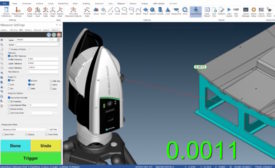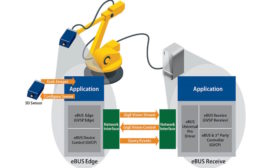Home » Keywords: » software
Items Tagged with 'software'
ARTICLES
New Product
Emergent Vision Technologies Real-Time 3D/4D Reconstruction Software
April 15, 2024
Get our new eMagazine delivered to your inbox every month.
Stay in the know with Quality’s comprehensive coverage of the manufacturing and metrology industries.
SIGN UP TODAY!Copyright ©2024. All Rights Reserved BNP Media.
Design, CMS, Hosting & Web Development :: ePublishing




